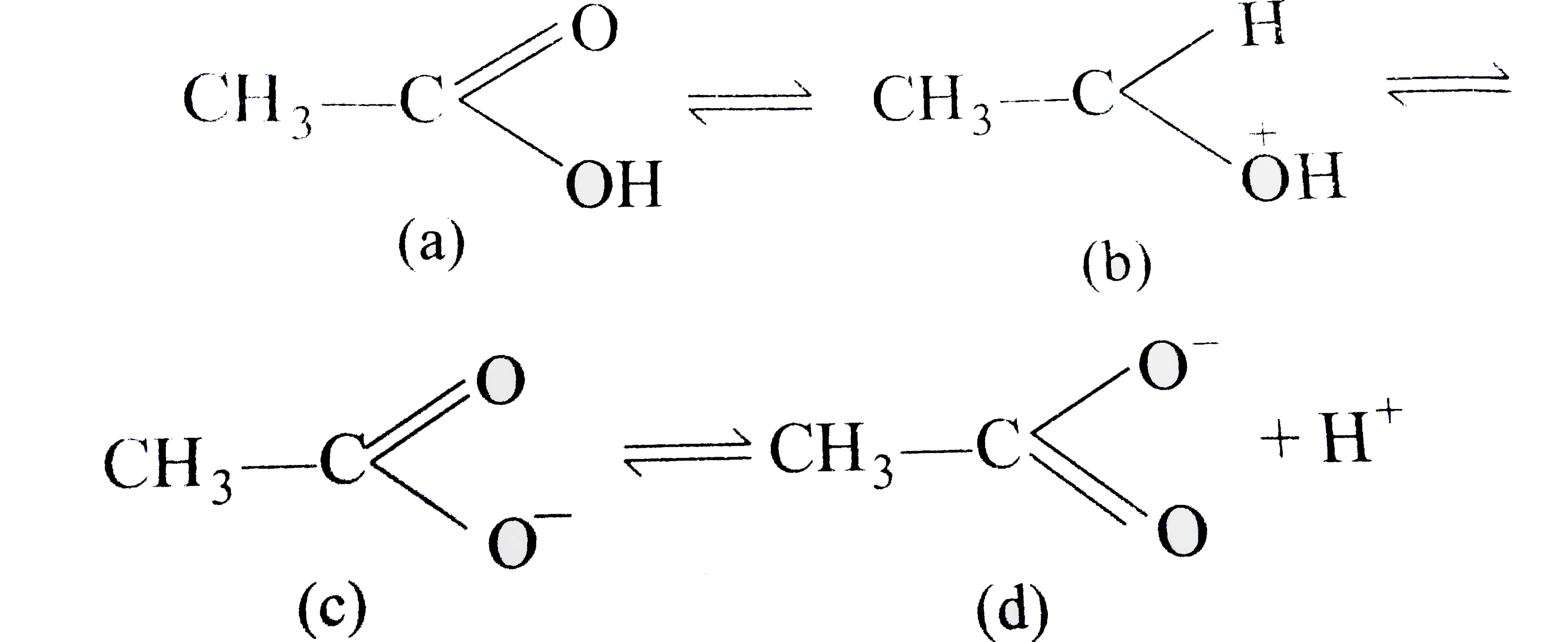Which of the following carbanions are not resonance stabilized?
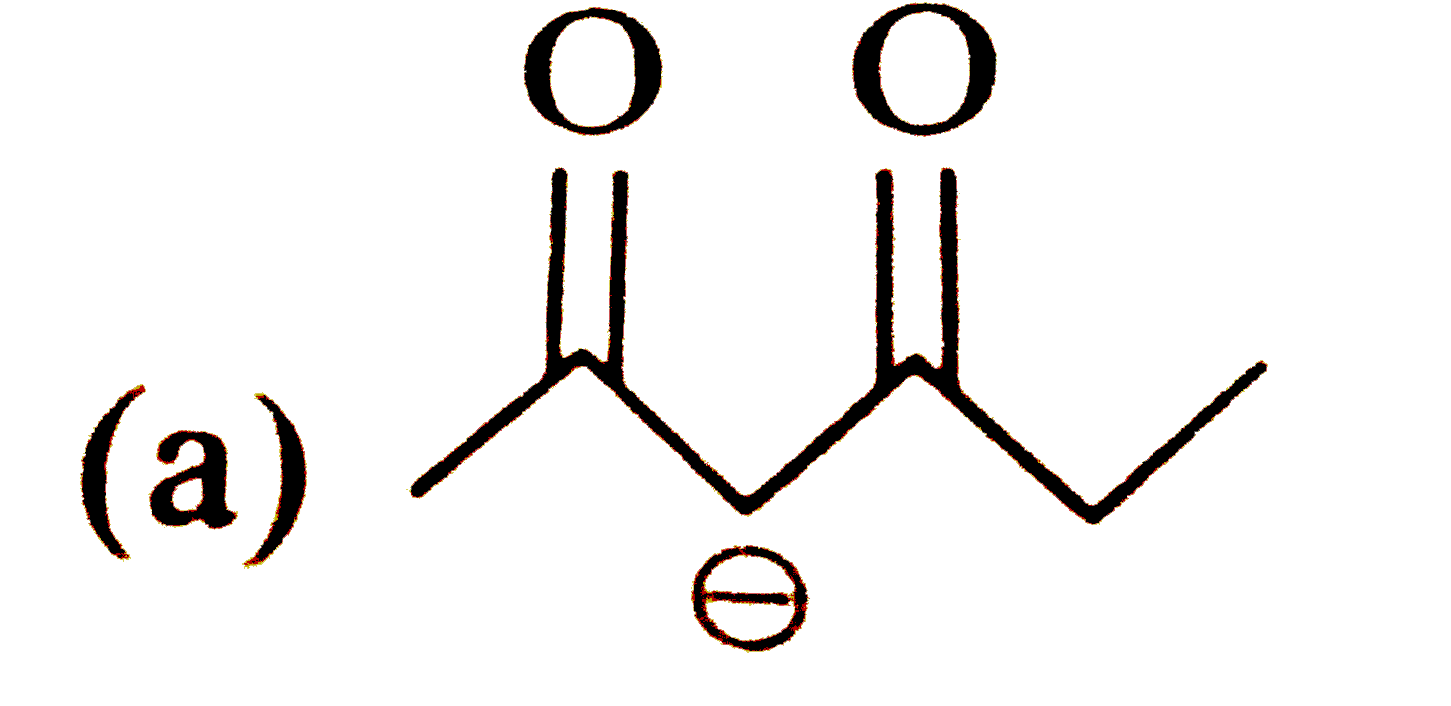
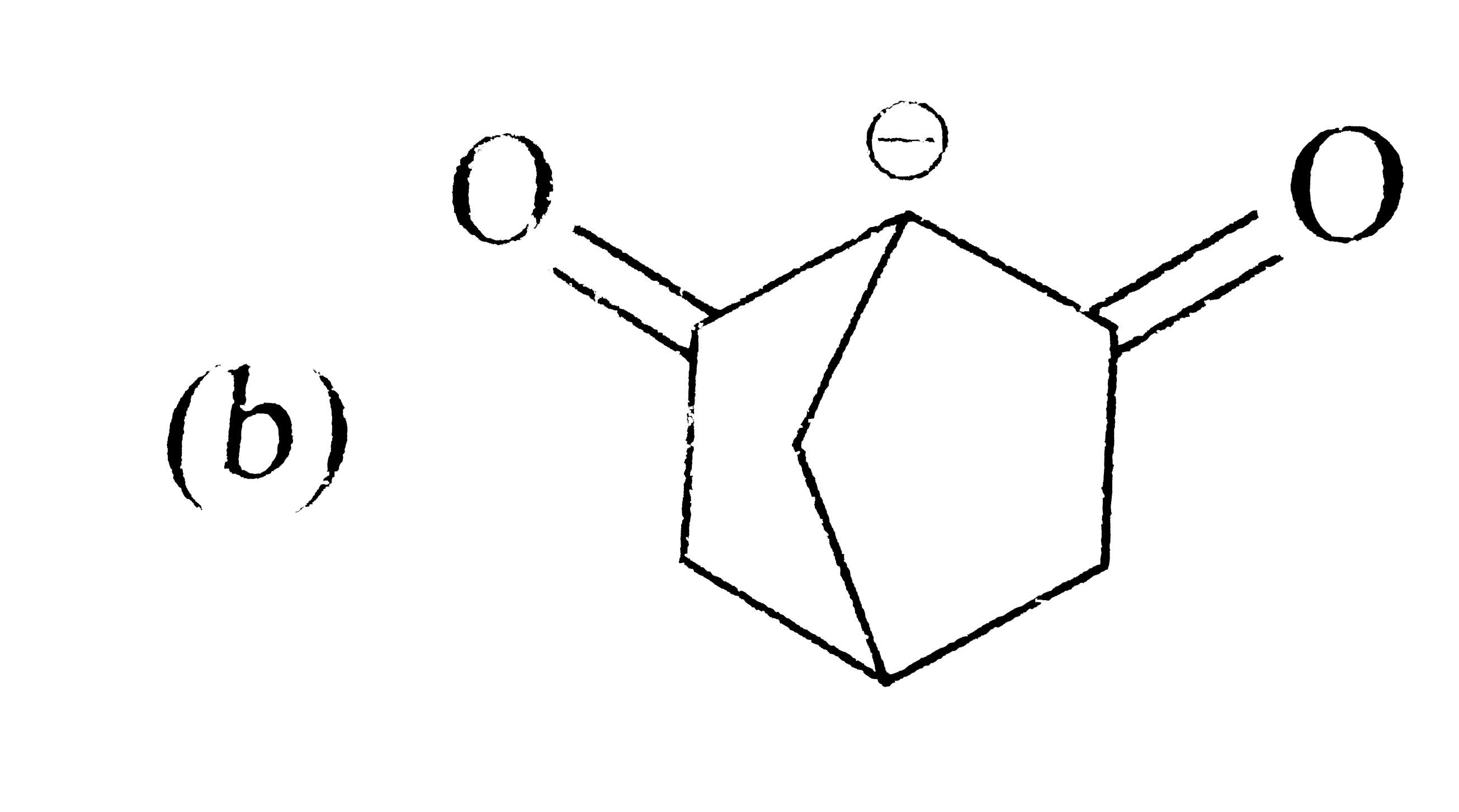
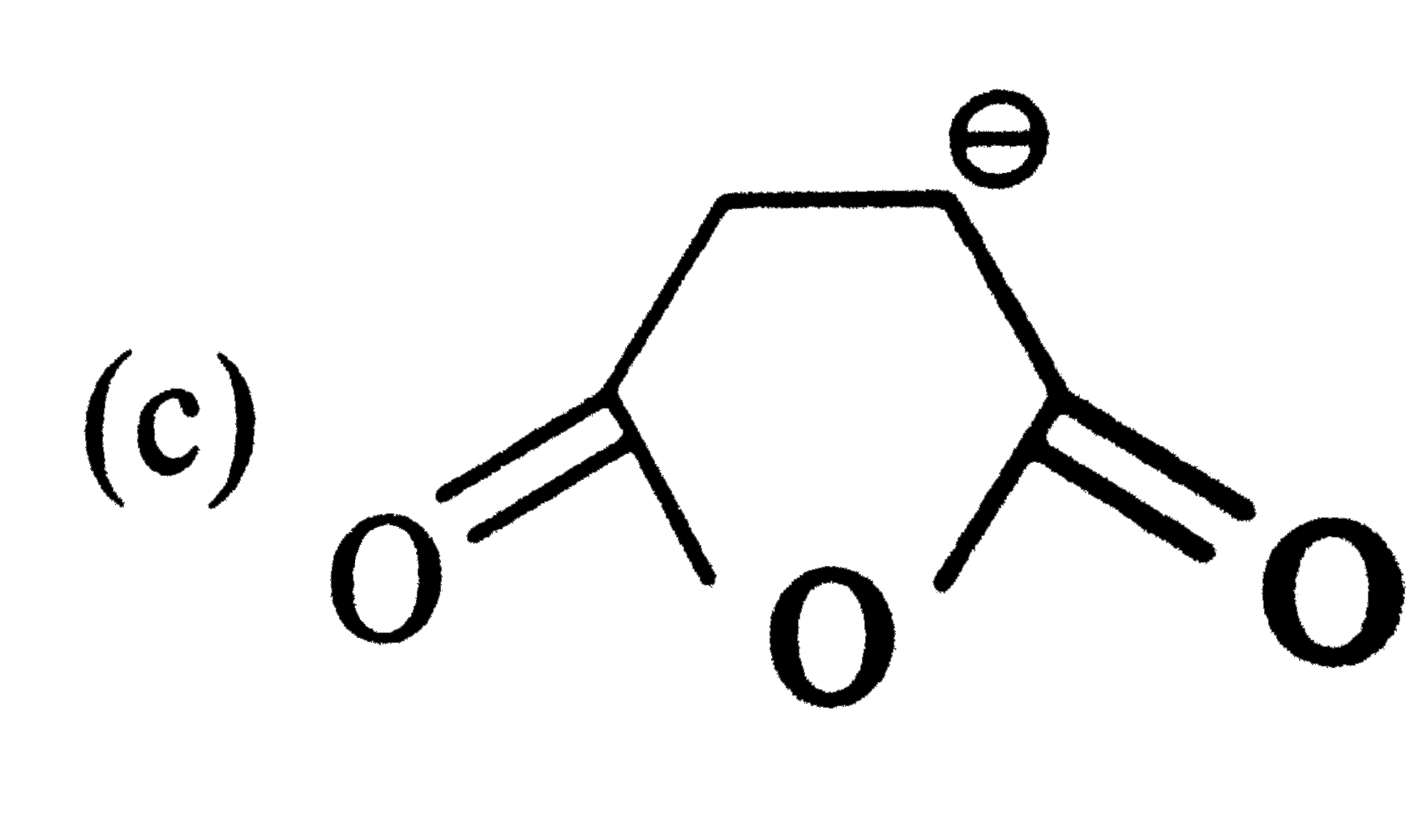

The correct Answer is:B, D
To determine which carbanions are not resonance stabilized, we need to analyze the structures provided in the options. Here’s a step-by-step breakdown of the reasoning:
Step 1: Understand Resonance Stabilization
Resonance stabilization occurs when a molecule can be represented by two or more valid Lewis structures (resonance structures) that contribute to the overall hybrid structure. This stabilization is typically seen in structures where negative charges can be delocalized over multiple atoms.
Step 2: Analyze Each Carbanion
We will analyze each carbanion provided in the options to determine if they can be resonance stabilized.
Option A: Carbanion with sp2 Hybridization
- Structure Analysis: If the carbanion is sp2 hybridized, it can participate in resonance if it is planar.
- Conclusion: If the structure allows for resonance (i.e., if the negative charge can be delocalized), it is resonance stabilized.
Option B: Bridgehead Carbanion
- Structure Analysis: In a bridgehead structure, the sp2 hybridized carbon may not achieve planarity due to steric hindrance from the ring structure. This lack of planarity prevents effective resonance stabilization.
- Conclusion: This carbanion is not resonance stabilized due to the inability to achieve planarity.
Option C: Carbanion with Delocalization
- Structure Analysis: If the carbanion allows for the movement of electrons (negative charge) to adjacent atoms, it can participate in resonance.
- Conclusion: This carbanion is resonance stabilized.
Option D: Carbanion with Oxygen
- Structure Analysis: If the carbanion has a negative charge on an oxygen atom, and there are no empty orbitals available for resonance stabilization, it cannot effectively delocalize the negative charge.
- Conclusion: This carbanion is not resonance stabilized.
Final Answer
The carbanions that are not resonance stabilized are:
- Option B (Bridgehead Carbanion)
- Option D (Carbanion with Oxygen)
Resonance stabilization occurs when a molecule can be represented by two or more valid Lewis structures (resonance structures) that contribute to the overall hybrid structure. This stabilization is typically seen in structures where negative charges can be delocalized over multiple atoms.
We will analyze each carbanion provided in the options to determine if they can be resonance stabilized.
- Structure Analysis: If the carbanion is sp2 hybridized, it can participate in resonance if it is planar.
- Conclusion: If the structure allows for resonance (i.e., if the negative charge can be delocalized), it is resonance stabilized.
- Structure Analysis: In a bridgehead structure, the sp2 hybridized carbon may not achieve planarity due to steric hindrance from the ring structure. This lack of planarity prevents effective resonance stabilization.
- Conclusion: This carbanion is not resonance stabilized due to the inability to achieve planarity.
- Structure Analysis: If the carbanion allows for the movement of electrons (negative charge) to adjacent atoms, it can participate in resonance.
- Conclusion: This carbanion is resonance stabilized.
- Structure Analysis: If the carbanion has a negative charge on an oxygen atom, and there are no empty orbitals available for resonance stabilization, it cannot effectively delocalize the negative charge.
- Conclusion: This carbanion is not resonance stabilized.
The carbanions that are not resonance stabilized are:
- Option B (Bridgehead Carbanion)
- Option D (Carbanion with Oxygen)
Topper's Solved these Questions
- BOOK - HIMANSHU PANDEYCHAPTER - GENERAL ORGANIC CHEMISTRYEXERCISE - More Than One Correct (Q.51 To Q.55)5videos
GENERAL ORGANIC CHEMISTRY
- BOOK - HIMANSHU PANDEYCHAPTER - GENERAL ORGANIC CHEMISTRYEXERCISE - Linked Comprehension Type (Q.1 To Q.25)25videos
GENERAL ORGANIC CHEMISTRY
- BOOK - HIMANSHU PANDEYCHAPTER - GENERAL ORGANIC CHEMISTRYEXERCISE - More Than One Correct (Q.1 To Q.25)25videos
GENERAL ORGANIC CHEMISTRY
- BOOK - HIMANSHU PANDEYCHAPTER - CHEMISTRY IN DAILY LIFEEXERCISE - Integer Answer Type Problems7videos
CHEMISTRY IN DAILY LIFE
- BOOK - HIMANSHU PANDEYCHAPTER - HALIDESEXERCISE - Subjective Type Problems10videos
HALIDES
Similar Questions
Knowledge Check
- Question 1 - Select One
Which of the following compound is not resonance stabilized ?
A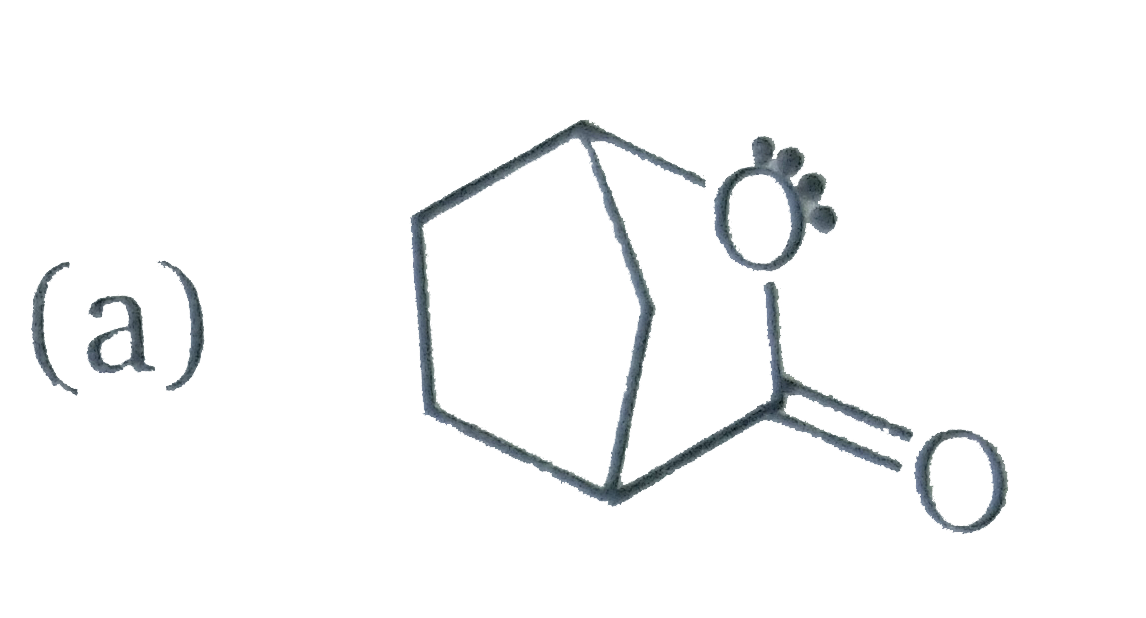 B
B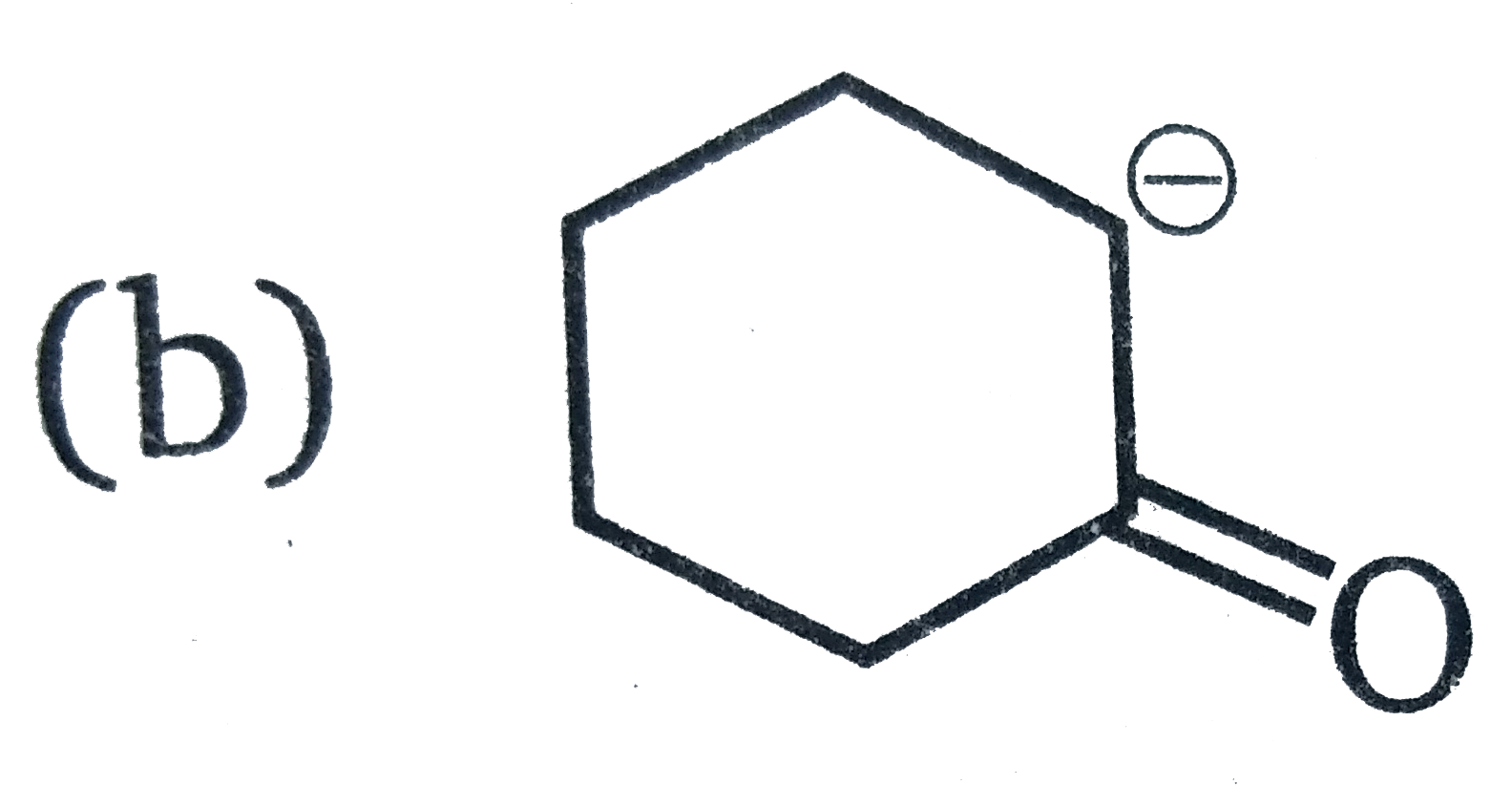 C
C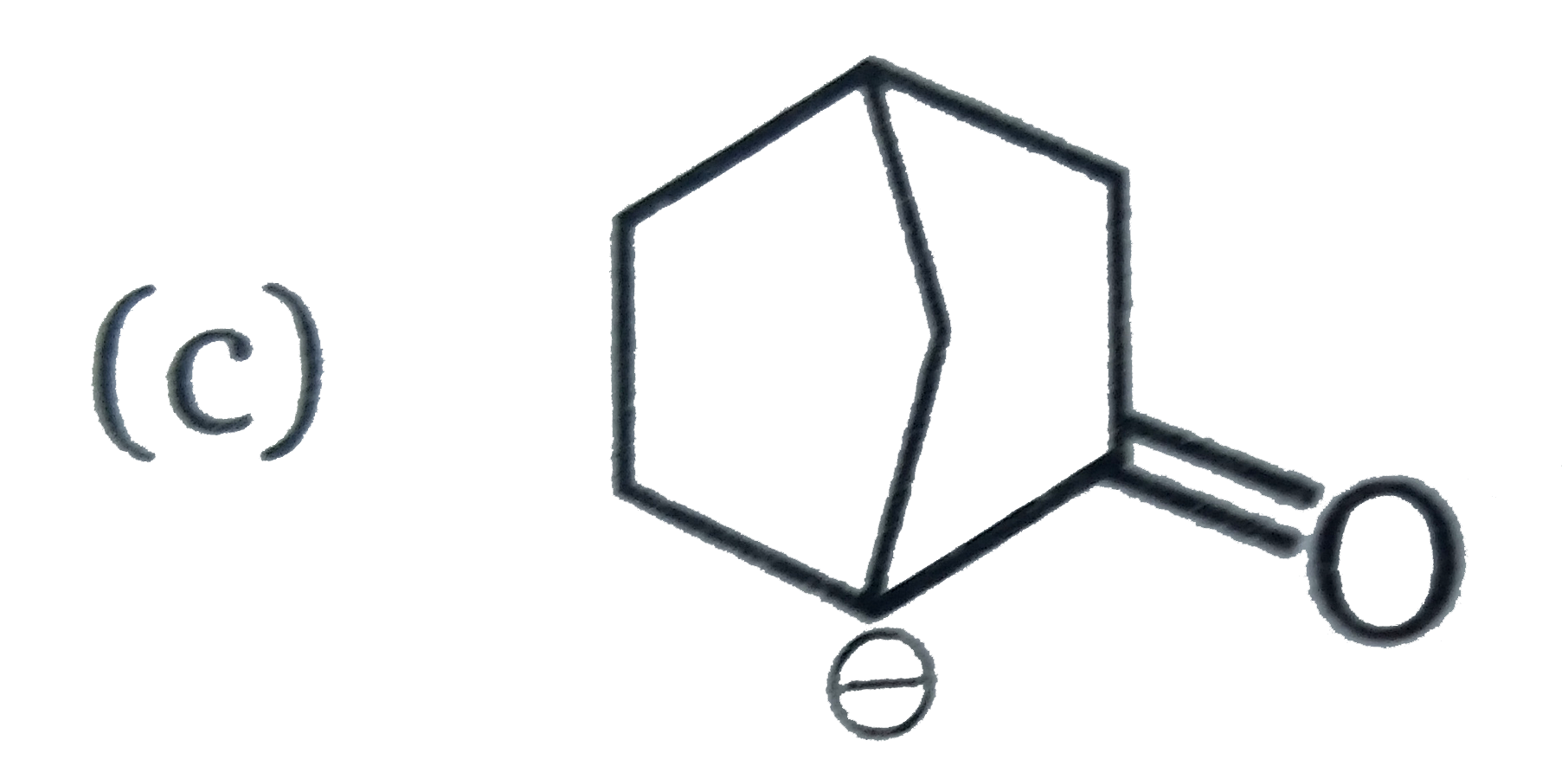 D
D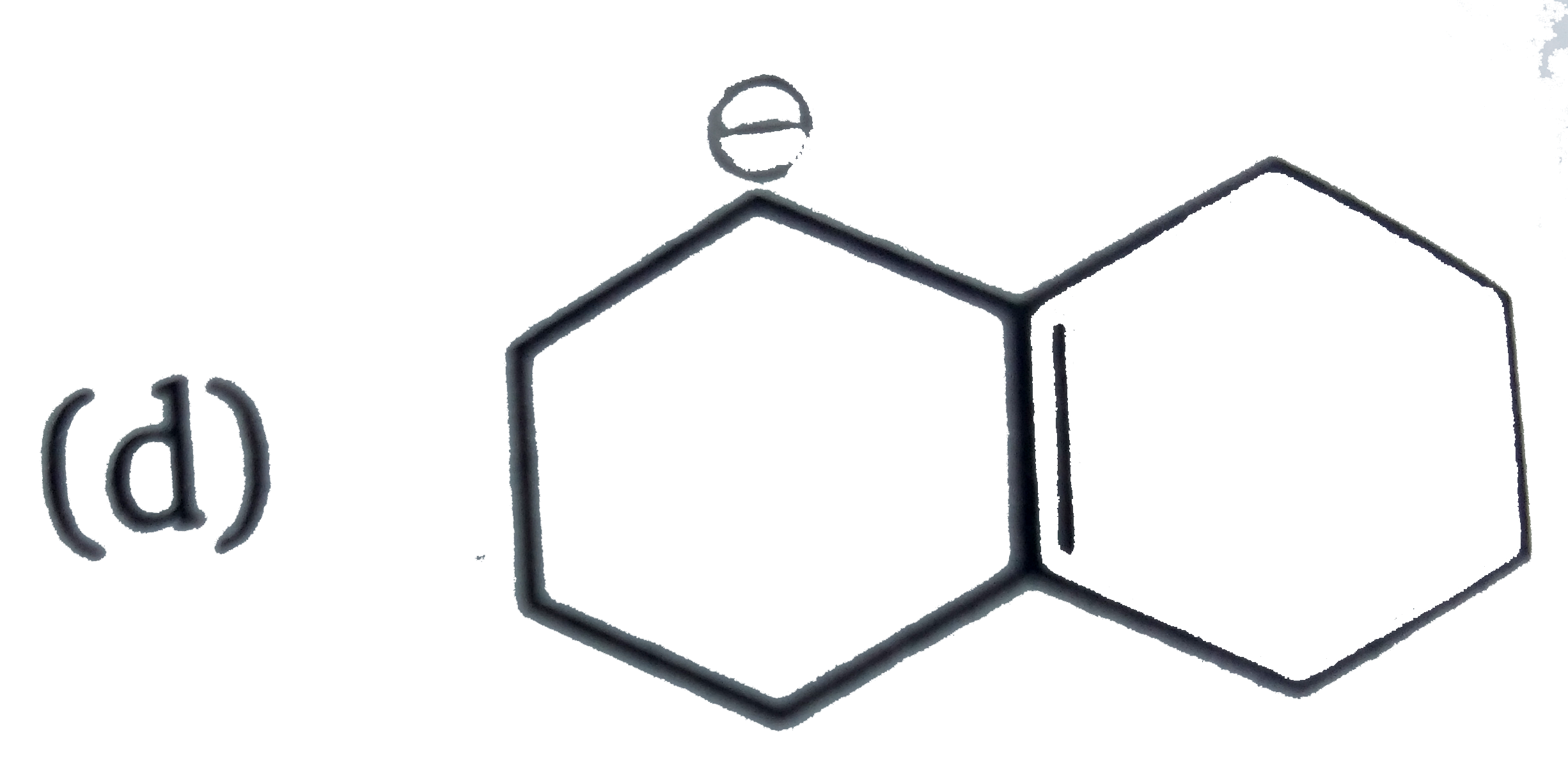
- Question 2 - Select One
Which of the following carbanion is most sable?
A B
B C
C D
D
- Question 3 - Select One
Which of the following carbanions is the most reactive?
A−:CH3BCH3−..CH2C(CH3)2−..CHD(CH3)3−..C
Which one of the following carbanions is most stable ?
View SolutionWhich of the following carbanion is most stable ?
View SolutionWhich of the following molecules is least resonance stabilized ?
View SolutionWhich one of the following carbanions is the least stable
View SolutionWhich one of the following carbanions is the least stable?
View Solution


